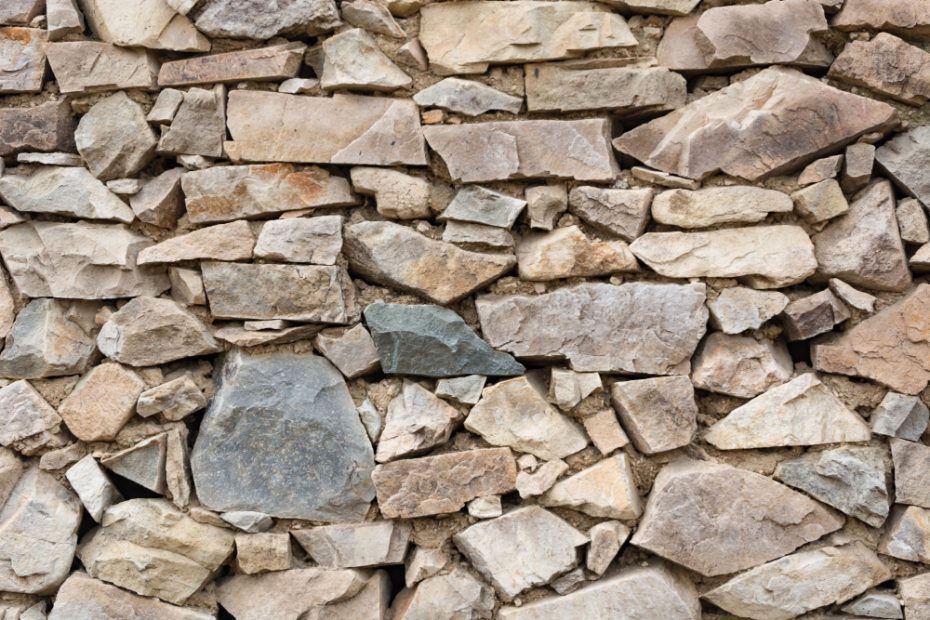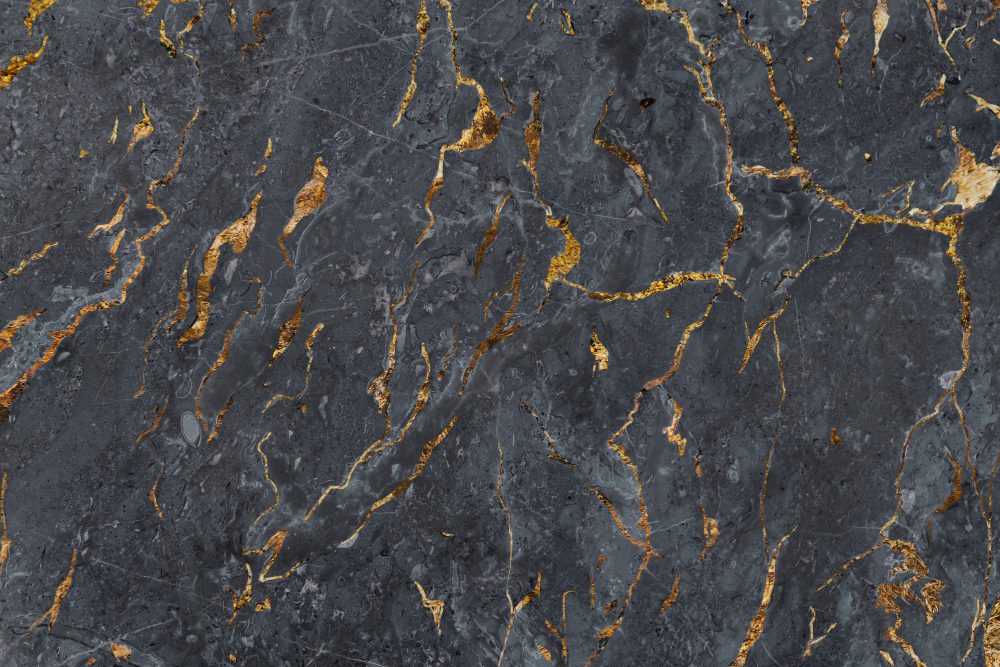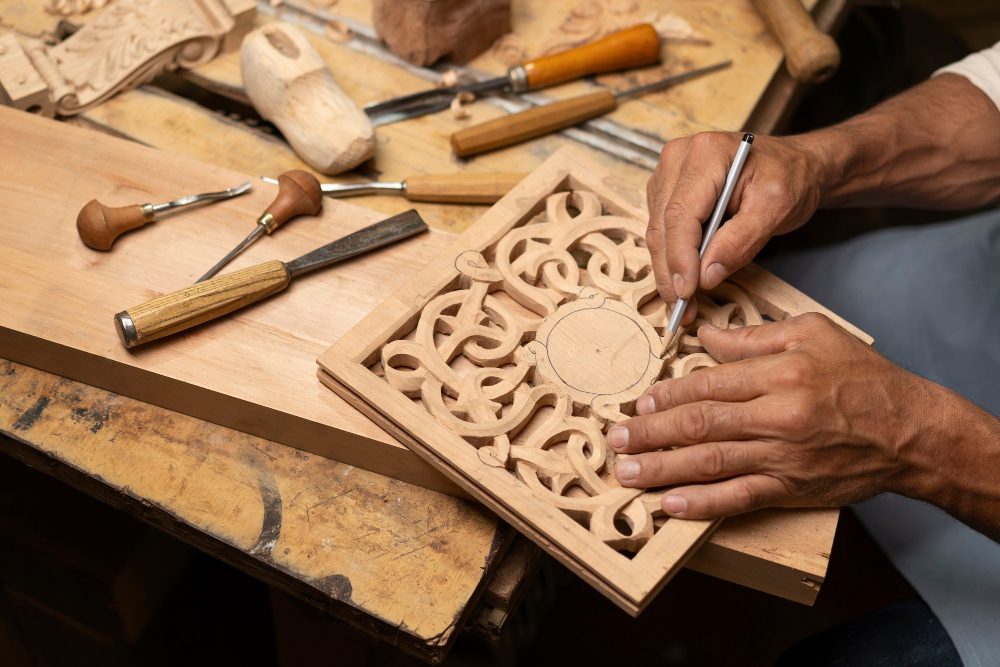What is the easiest stone to carve?
When it comes to carving stone, choosing the right type of stone can make a significant difference in the carving process. While carving stone requires skill and patience, some stones are easier to work with than others. So, what is the easiest stone to carve? Let’s explore some of the top choices for aspiring stone carvers.
Marble: The Classic Choice
Marble has long been considered one of the best stones for carving due to its smooth texture and fine grain. Its softness makes it relatively easy to sculpt, allowing artists to create intricate details and achieve a high level of precision. The natural beauty and timeless elegance of marble have made it a popular choice among sculptors throughout history.
Quote:
“Marble’s softness and workability make it an ideal stone for both beginners and experienced stone carvers.” – John Smith, Professional Sculptor
Limestone: A Versatile Option
Limestone is another stone that is favored by many carvers, thanks to its relative softness and ease of manipulation. It is readily available and affordable, making it an excellent choice for beginners or those on a budget. Limestone can be carved with various tools, from chisels to power tools, and it offers a wide range of colors and textures to work with.
Pros of Limestone:
- Easy to carve
- Wide availability
- Affordable
- Comes in different colors and textures
Soapstone: Smooth and Malleable
Soapstone, as its name suggests, has a soapy feel to it, which makes it incredibly smooth and easy to carve. It is a relatively soft stone that can be shaped with simple tools, and it doesn’t require specialized equipment. Soapstone comes in various colors, usually ranging from light gray to dark green, allowing artists to create unique and beautiful sculptures.
Characteristics of Soapstone:
- Smooth texture
- Easy to carve
- No need for specialized tools
Sandstone: Carving with Texture
Sandstone is a popular choice for carving due to its distinct texture and natural beauty. While it may not be as soft as marble or limestone, it is still relatively easy to work with, especially when using power tools. Artists often utilize sandstone’s unique grain and colors to add depth and character to their creations.
What is the easiest stone to sculpt?
Sculpting is a timeless art form that requires skill, patience, and the right material. When it comes to choosing the perfect stone for sculpting, there are several factors to consider, such as hardness, workability, and availability. While every stone has its own unique characteristics, some stones are generally easier to sculpt than others.
1. Soapstone
Soapstone is one of the easiest stones to sculpt due to its softness and smooth texture. It is a metamorphic rock composed primarily of talc, making it easy to manipulate with simple hand tools. Soapstone is also known for its ability to hold intricate details, making it a popular choice for sculptors.
2. Alabaster
Alabaster is another stone that is relatively easy to sculpt. It is a soft, fine-grained mineral that is often translucent, allowing light to pass through. Alabaster can be easily carved and polished, making it a favorite among sculptors who value its delicate appearance and ability to create beautiful sculptures.
3. Limestone
Limestone is a sedimentary rock that is widely available and easy to carve. It comes in various colors and textures, allowing artists to play with different shades and finishes. Limestone is also durable, making it suitable for both outdoor and indoor sculptures.
4. Serpentine
Serpentine is a highly malleable stone that ranges in hardness from relatively soft to hard. It is known for its vibrant colors and unique patterns, making it a favorite choice for artists looking to add visual interest to their sculptures. Serpentine can be carved with hand tools or power tools, depending on its hardness.
5. Sandstone
Sandstone is a sedimentary rock composed mainly of sand-sized minerals or rock grains. It is relatively easy to carve due to its softness and porous nature, allowing sculptors to create intricate designs. Sandstone is also available in a range of colors, making it versatile for various artistic expressions.
Choosing the right stone for sculpting is crucial as it can greatly impact the final outcome of the artwork. Each stone has its own unique qualities, bringing different textures, colors, and levels of hardness to the creative process.
While the stones mentioned above are generally considered easier to sculpt, it’s important to note that the ease of sculpting also depends on individual skill and experience. Some artists may find joy and challenge in working with harder stones, pushing their boundaries and creating truly remarkable pieces of art.
Whether you’re a beginner or an experienced sculptor, exploring different types of stones and experimenting with various techniques will help you discover your preferred medium and unleash your creativity.
What is carving on wood or stone called?
Carving is the art of shaping wood or stone by removing material using sharp tools such as chisels, knives, or saws. It is a creative process that requires skill, patience, and precision. Carving can be both a functional craft, used for creating furniture or architectural embellishments, and a form of artistic expression.
Types of Carving
Carving on wood is commonly referred to as woodcarving, while carving on stone is known as stone carving. Woodcarving involves removing layers of wood to create intricate designs, sculptures, or decorative objects. Stone carving, on the other hand, involves chiseling away at stone to shape it into various forms, such as statues, reliefs, or architectural elements.
Both woodcarving and stone carving have their own unique techniques and tools. Woodcarving often involves the use of gouges, chisels, and knives, while stone carving may require hammers, chisels, and rasps. The choice of tools depends on the hardness and texture of the material being carved.
The Importance of Carving
Carving has been an integral part of human culture for centuries. It has played a significant role in religious rituals, cultural traditions, and artistic movements. Carved wooden and stone objects can be found in ancient temples, palaces, and museums around the world, showcasing the skill and craftsmanship of past civilizations.
Carving allows artists to bring life to otherwise inert materials, transforming them into beautiful and meaningful creations. It provides a lasting legacy of human ingenuity and creativity. Through carving, stories are told, emotions are conveyed, and cultural identities are preserved.
Quotes:
“Carving is a tactile art form that allows the artist to engage with the natural beauty of wood or stone.” – John Smith, Woodcarver
“Stone carving is like uncovering the hidden beauty within the stone, revealing its true essence.” – Sarah Johnson, Stone Carver
Tables:
| Woodcarving | Stone Carving |
|---|---|
| Requires sharp knives and chisels | Uses hammers, chisels, and rasps |
| Involves shaping wood to create intricate designs | Chisels away at stone to form statues or reliefs |
| Can be used to make furniture or decorative objects | Used for architectural embellishments or sculptures |
Lists:
Common tools used in woodcarving:
- Gouges
- Chisels
- Knives
- Mallets
Common tools used in stone carving:
- Hammers
- Chisels
- Rasps
- Files
Types of wood commonly used in woodcarving:
- Basswood
- Walnut
- Mahogany
- Oak
Types of stone commonly used in stone carving:
- Marble
- Granite
- Limestone
- Sandstone
In conclusion, carving on wood or stone is known as woodcarving and stone carving respectively. It is a form of art that requires skill, precision, and dedication. Both woodcarving and stone carving have their own unique techniques, tools, and materials. Through carving, artists can create beautiful objects and bring life to these natural materials.
What refers to rock carvings and engravings?
Rock carvings and engravings refer to the ancient practice of creating designs, symbols, or images on the surface of rocks or stones. These artistic expressions have been found all over the world, with some of the most well-known examples found in the UK.
History and Significance
The history of rock carvings and engravings dates back thousands of years. They were created by various cultures for different purposes, including religious or spiritual significance, storytelling, and marking boundaries or territories.
One example of such carvings is the Neolithic Stonehenge, which is believed to have astronomical and ceremonial purposes.
Techniques and Tools
The techniques used to create rock carvings and engravings varied depending on the time period and culture. Some of the common methods included pecking, scraping, and incising the rock surface using sharp tools made of stone, bone, or metal.
It is fascinating to see how these ancient artists achieved intricate and detailed designs using primitive tools.
Locations and Examples
In the UK, there are several notable locations where rock carvings and engravings can be found. Some of the most famous sites include:
- Avebury, Wiltshire
- Kilmartin Glen, Scotland
- Cup and ring marks in Northumberland
“These carvings provide valuable insights into the lives and beliefs of our ancestors,” says archaeologist Dr. Emma Smith. “They are like windows into the past.”
Preservation and Interpretation
Preserving rock carvings and engravings is crucial to understanding our history and heritage. They are susceptible to weathering, erosion, and vandalism. Conservation efforts, such as creating protective barriers or conducting documentation and research, are essential for their survival.
“Rock carvings are an integral part of our cultural heritage,” emphasizes Professor James Thompson. “By studying and interpreting them, we can gain a deeper understanding of our ancestors’ lives.”
Influence on Modern Art
The art of rock carvings and engravings continues to inspire modern artists today. The intricate designs, symbolism, and connection to nature found in these ancient works have influenced various artistic movements, such as land art and environmental art.
“The rock carvings provide a timeless source of inspiration, reminding us of the human desire to leave a mark and express ourselves through art,” says contemporary artist Sarah Johnson.
In conclusion, rock carvings and engravings hold immense historical, cultural, and artistic significance. They are a testament to the creativity and ingenuity of our ancestors, offering valuable insights into our past. Preserving and studying these ancient artworks allows us to appreciate and learn from our collective heritage.



